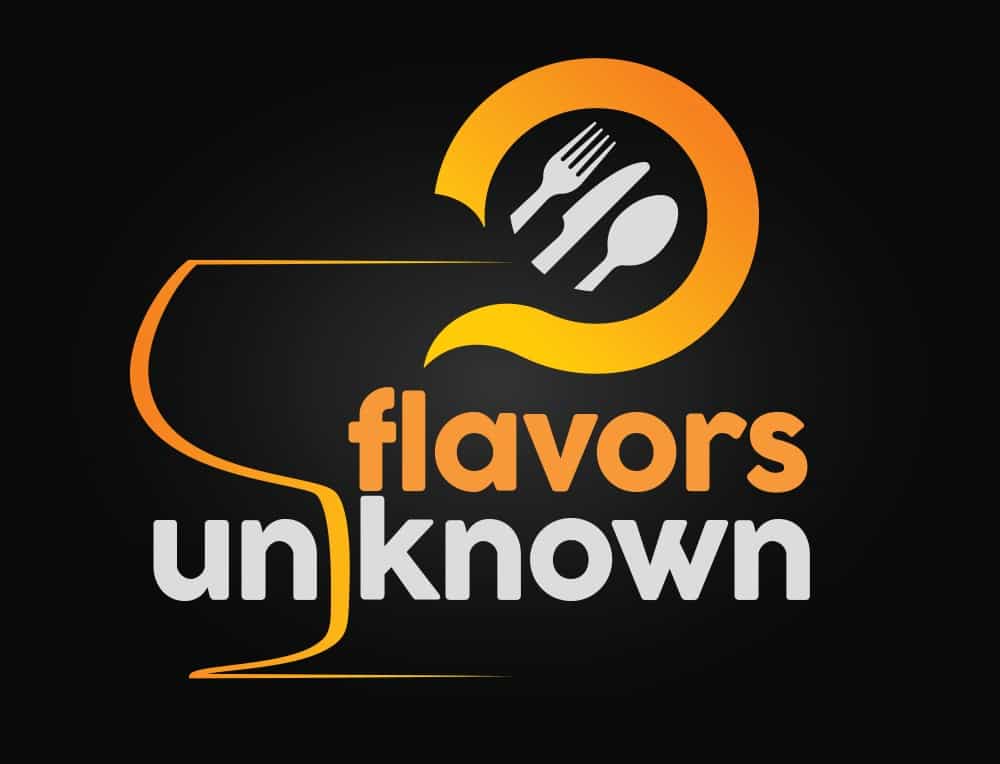Chef Roy Yamaguchi is the father of the Hawaii Fusion cooking style. In 2018 he celebrated the 30 year Anniversary of Roy’s restaurants. In 2020, he will celebrate the 10 year Anniversary of the Hawaii Food and Wine Festival. He was the co-founder back in 2010. Chef Roy Yamaguchi explains to us what Hawaii fusion is and how you came to create it.
What we covered in this episode
- Chef Roy Yamaguchi was born in Japan. His father was from Hawaii, his grandfather lived on Maui, and his mother was from Okinawa.
- He grew up on an US military base in Japan.
- Every other summer he spent time with his family in Hawaii and Chef Roy Yamaguchi discovered the flavors from Hawaii.
- Chef Roy Yamaguchi remembers two important dishes that he grew up with: Chicken Hekka and Beef Stew that his father would turn into a Japanese curry.
- His father would take them to the Tomashiro fish market in Honolulu.
- Chef Roy Yamaguchi's inspiration to become a cook came from his father and his school counselor.
- He went to the Culinary Institute of America in Hyde Park in New York to learn the foundation of cooking.
- Out of school, Chef Roy Yamaguchi want to work at a French restaurant and went to Escoffier and L'Hermitage in Los Angeles.
- Chef Roy Yamaguchi first restaurant was 385 North where he started his own style which at that time was French-Japanese.
- in 1988 Chef Roy Yamaguchi created Roy's restaurant that not only served the flavors of his past, which was French and Japanese but he wanted to add the local ingredients from Hawaii.
- 2020 is the 10 year Anniversary of the Hawaii Food and Wine Festival that Chef Roy Yamaguchi created with Chef Alan Wong.
- Link to the podcast episode on Apple Podcast
Links to other episodes in Hawaii
Submitted questions from podcast listeners
What is Roy Yamaguchi's swordfish recipe?
Whether it would be a piece of fish, like a “opakapaka” or whether it be “moi” or whether it be kind of a reef fish, I look at the ingredients and then I try to figure out, how can I best present that. Whether it be steamed or, seared or whether it be grilled depending on the fat and the leanness of the fish itself. And then at the same time, do I want it more refreshing or do I want it as an appetizer and serve raw or do I want it cooked and more meaty? A good example might be, the local, swordfish. It's called “shutome”. I try to look for the smaller eye, meaning that I look for the filets from the swordfish to be not a huge piece of swordfish where the loin could be five, six, seven, eight inches in diameter. Maybe look for a swordfish that's smaller, that may have a three or four inch diameter and use that as a presentation. I want to make a steak. So some of those thought process comes out like that. And then do I want to do a hard sear or a soft sear or do I want to put a crust on it, or no crust, whether it would be a macadamia nut crust and then salt and pepper, then cooked all the way or maybe a medium rare. I want a sauce that's a lot lighter, it could be a vinaigrette, utilizing, you know, maybe, the local lilikoi (passion fruit) or I want more of a richer sauce that may have some cream in it or maybe Chardonnay or do I want a more of a hardy sauce to make it completely different for someone to eat it with a red wine. So making a sauce made with demi-glace, or could decide for a Chinese style where, you know, steaming it and serving it with a kind of soy braised sauce like ginger and garlic and green onions that's cooked with soy and little bit of sweetness, maybe Palm sugar.
What is Roy Yamaguchi wood smoked Szechuan style baby back pork ribs recipe?
When I was growing up, my father used to make baby back ribs. He would make it with a kind of a vinegary thing. So he would make it with black pepper and he would get garlic, salt, butter and red wine vinegar, and marinate the pork ribs and then he would grill it and then he would steam it, make it soft. That was stuck to my mind. But I said to myself I want a rib that's more Asian. By putting the hoisin sauce and oyster sauce and soy sauce, ginger, garlic, green onions, add a little sugar, maybe I can make this marinade that I can call it my own and make it Asian. That's the process I went through. Getting that marinade made and then I said to myself I really want to make it kind of like stand out a little bit more. I'm going to smoke the ribs first with kiawe wood, that's a local wood, local tree here. So getting kind of the smokiness in there and then rub it with this marinade, make it Asian. And then I would grill it again, so it's twice cooked, to get more flavor in there. So, and that's how that was developed.
What are Roy Yamaguchi's suggestions how to use hearts of palm?
I like working with Hearts of Palm, I either shave them, and fry them to make these little crisps or either I shave them and use them for a salad or whether I shave them and use them as a topping or whether I puree them and use them instead of a creamy potatoes or risotto. You may use a creamy Hearts of Palm as a bed to plate other ingredients.







